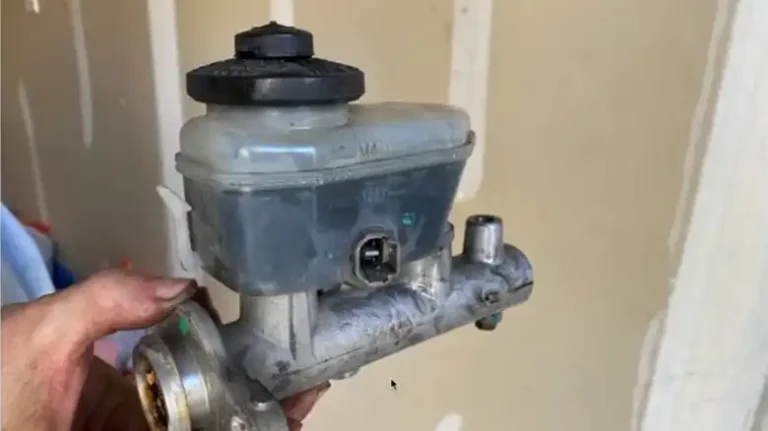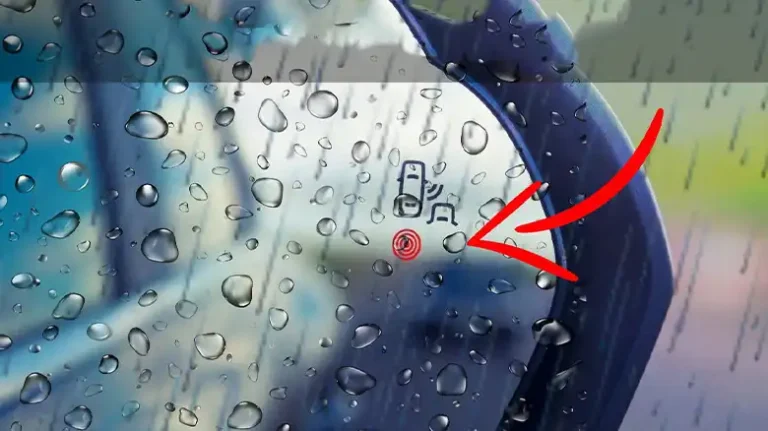What Happens If You Don’t Replace TPMS Sensors? Let’s Find Out
Hey there! You might not realize it, but your car’s TPMS, or in other words, Tire Pressure Monitoring System plays a vital role in your safety and the performance of your vehicle. This system keeps an eye on your tire pressure and gives you a heads-up if it drops below a safe level. Yet, many folks overlook the significance of swapping out TPMS sensors when the time comes.
Neglecting the replacement of worn-out tire pressure sensors means they won’t fulfill their essential role in monitoring tire inflation properly. These sensors are your silent guardians, and when they’re past their prime, they lose their ability to keep you informed about tire pressure. Don’t let them become outdated relics; replace them when needed to ensure they continue their vital role in maintaining safety and performance on the road.
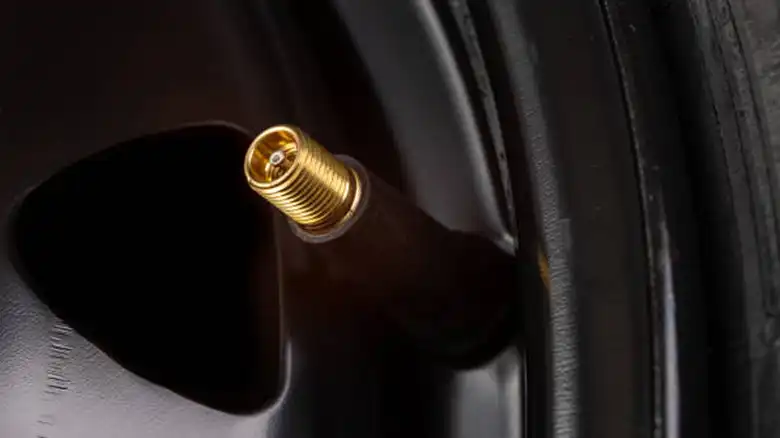
Consequences of Not Replacing TPMS Sensors
TPMS sensors are like the silent guardians of your tire pressure. Nestled inside your tires, they continuously keep tabs on pressure levels, relaying data to your vehicle’s computer system. When pressure dips below a safe threshold, they sound the alarm by lighting up a warning on your dashboard. Therefore, when they become not so fit for their job, it’s better to replace them. And when you decide not to do so, things like the following happen –
Reduced Safety
Imagine driving without a functional TPMS system. It’s like navigating a ship without a compass. When you neglect to replace TPMS sensors when needed, you compromise your safety. Without these sensors, you won’t receive timely warnings about low tire pressure, which can lead to less control and handling, ultimately increasing the risk of accidents. Your safety is on the line.
Decreased Fuel Efficiency
Now, let’s talk about your wallet. Underinflated tires are a silent fuel thief. They increase rolling resistance, forcing your engine to work harder. This means you’ll be spending more at the gas pump, and your vehicle’s emissions will increase. In fact, it can reduce fuel efficiency by up to 3%. That’s money down the drain.
Premature Tire Wear
Money matters in the long run too. Neglecting TPMS sensor replacement can lead to uneven tire wear. When your tires wear unevenly, they won’t last as long as they should. This means you’ll be shelling out for new tires more frequently, a real dent in your finances and not the best choice for our environment either.
Handling and Performance Issues
Driving on underinflated tires can affect your car’s handling and performance, especially when the road is wet or icy. Proper tire pressure ensures optimal stability and safety on the road. Without it, your vehicle’s handling capabilities take a hit, putting you at risk.
Increased Risk of Blowouts
Blowouts are everyone’s worst nightmare on the road. When tires are underinflated, they are more prone to fail, leading to blowouts. At high speeds, this can be exceptionally dangerous. It’s a risk you don’t want to take.
Annoying Warning Lights
Modern vehicles come with a TPMS warning light, which is a real lifesaver when your tire pressure drops. However, if you ignore replacing TPMS sensors, that warning light becomes your constant companion. It’s not only annoying but also distracting. Trust me; you don’t want that light as a permanent fixture on your dashboard.
When Is the Best Time to Replace the TPMS Sensor?
Now, let’s talk about timing. The lifespan of TPMS sensors varies depending on your car’s make and model. On average, they typically last between 5 and 10 years. I’d suggest checking your car’s owner’s manual for precise recommendations on when to replace your TPMS sensors. As a general guideline, consider doing this when you change your tires or reach the 5 to 10-year mark.
Cost of TPMS Sensor Replacement
When it comes to cost, it’s important to know what you’re getting into. Replacing TPMS sensors can vary based on your vehicle’s make and model, but typically, you’re looking at a range of $100 to $200 per sensor. Considering the benefits to your safety and vehicle performance, it’s a small price to pay.
End Note
In a nutshell, regular TPMS sensor replacement is a no-brainer when it comes to vehicle maintenance. Neglecting these seemingly small components can lead to significant safety and financial woes, including diminished safety, increased fuel expenses, premature tire wear, handling issues, and the risk of blowouts. Plus, that persistent TPMS warning light can be quite a nuisance. Don’t underestimate the importance of maintaining your TPMS sensors. Your safety and budget will thank you, and you’ll be driving with confidence and peace of mind.
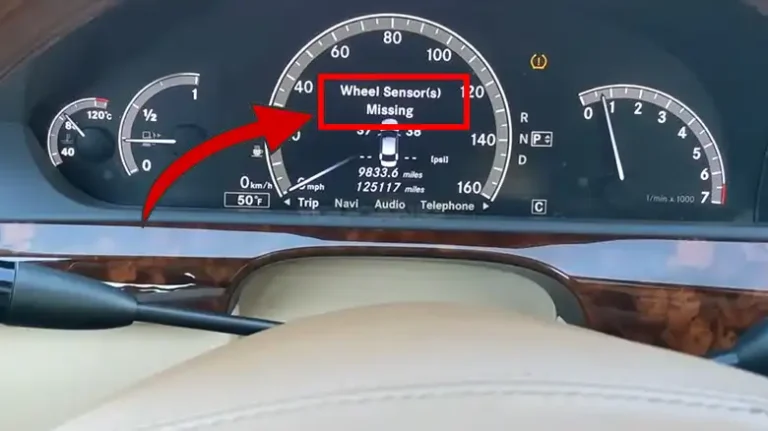
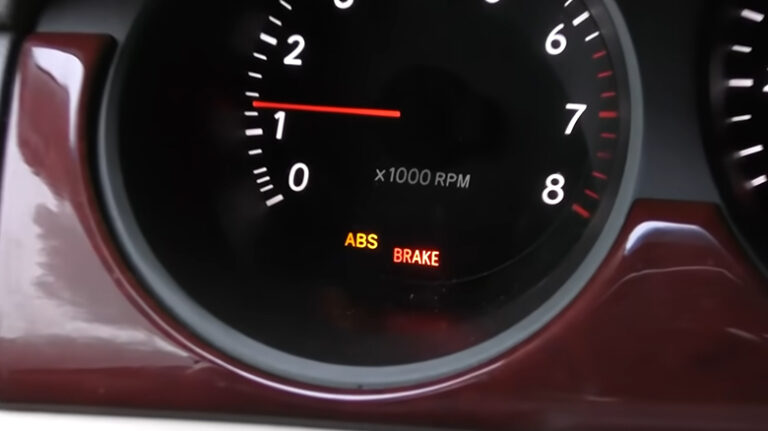
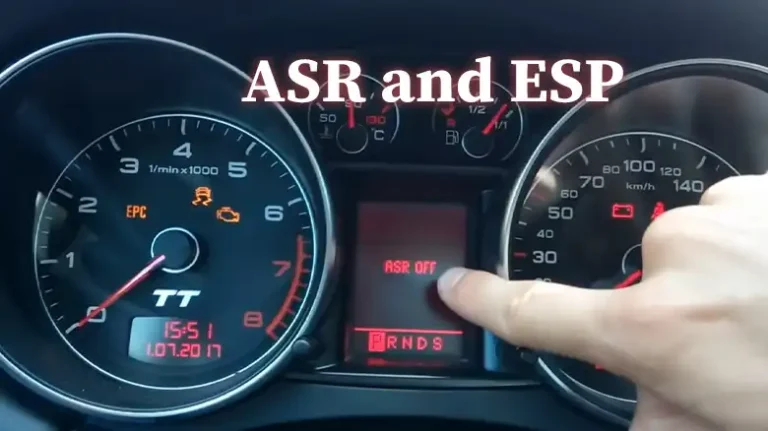
![[Explained] Does ABS Work in Neutral?](https://proautosafety.com/wp-content/uploads/2023/03/Does-ABS-Work-in-Neutral-768x431.webp)
